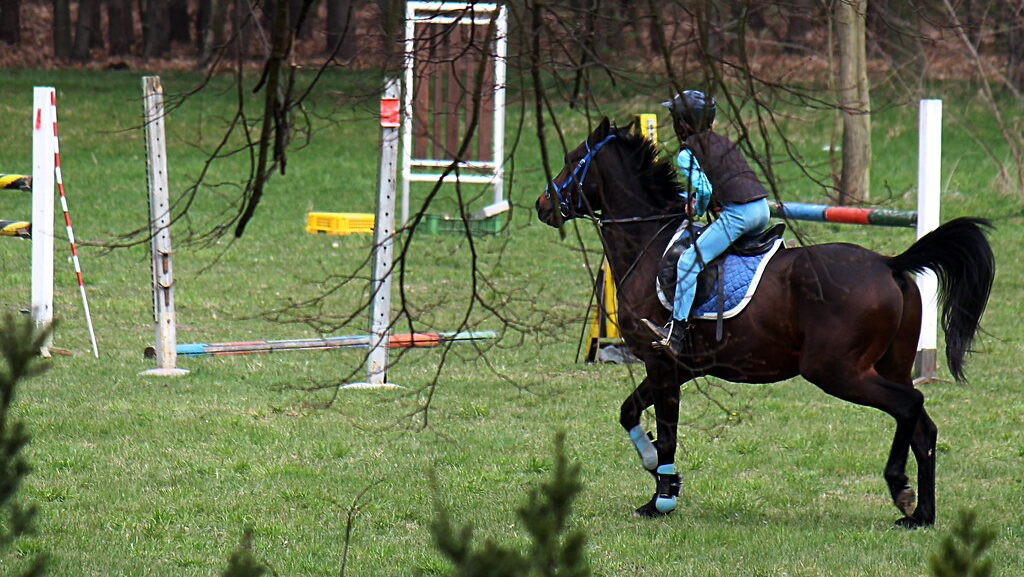In the vast expanses of ranch country, a silent language flows between horses and their riders. This sophisticated system of communication, developed over centuries of partnership, enables cowboys and their mounts to work as a seamless unit across challenging terrain and unpredictable situations. Far from being mere transportation, ranch horses are intelligent collaborators who engage in a nuanced, physical dialogue with their riders. Through a complex array of body signals, subtle movements, and learned responses, these equine partners demonstrate remarkable awareness and adaptability. Understanding this specialized form of communication offers insight not only into effective horsemanship but also into the deep bond that forms between working animals and humans when they develop a shared language built on mutual trust and respect.
The Foundation of Trust
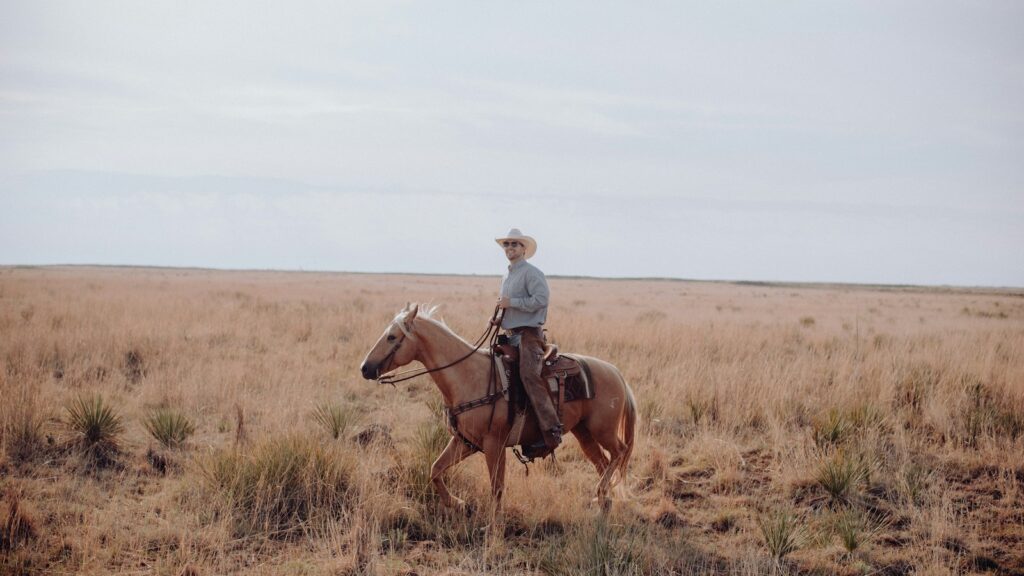
Trust forms the cornerstone of all communication between cowboys and their ranch horses, creating the essential foundation upon which all other interactions are built. This trust doesn’t develop overnight but emerges gradually through consistent handling, predictable expectations, and fair treatment. A ranch horse learns that its rider won’t put it in dangerous situations unnecessarily, while the cowboy learns to read the horse’s concerns and address them appropriately. This mutual trust allows the horse to respond willingly even when asked to perform challenging tasks like crossing treacherous terrain or facing down aggressive cattle. When this foundation is properly established, even subtle cues can trigger immediate and confident responses, as the horse understands that the communication comes from a trustworthy source.
Pressure and Release: The Basic Conversation
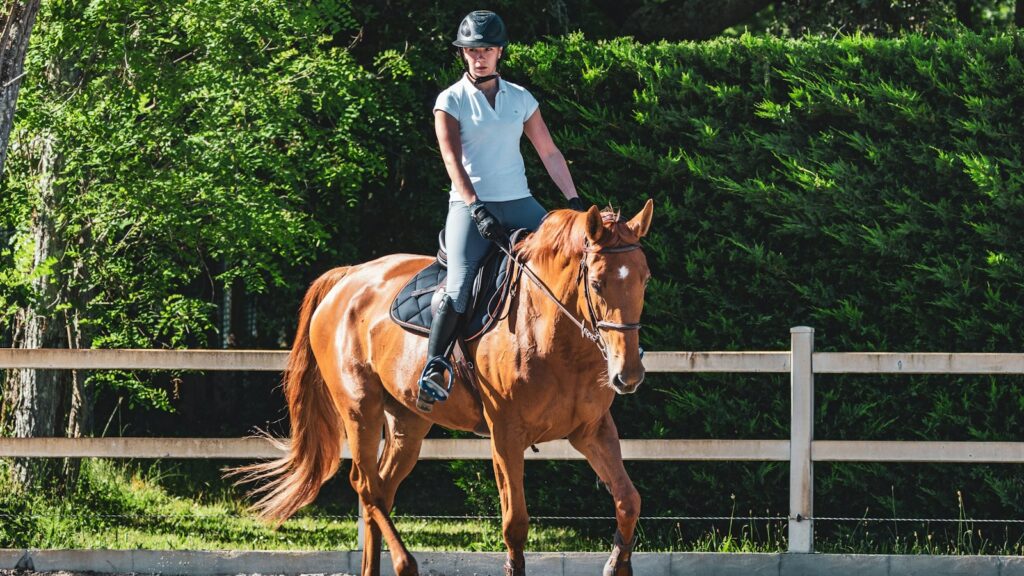
The fundamental language between horse and rider centers around the principle of pressure and release, a communication system that’s remarkably effective in its simplicity. When a cowboy applies pressure—whether through leg contact, rein tension, or shifting weight—the horse seeks relief, which comes immediately when the desired response is given. This pressure may be as subtle as a slight increase in contact from a rider’s calf or as direct as a firm rein command during an emergency stop. Well-trained ranch horses become increasingly sensitive to these signals, eventually responding to pressures so light they would be imperceptible to observers. The timing of the release is crucial; immediate relief teaches the horse precisely which behavior earned the reward, reinforcing the correct response and strengthening the communication pathway.
Rein Communication: Conversations Through the Bit
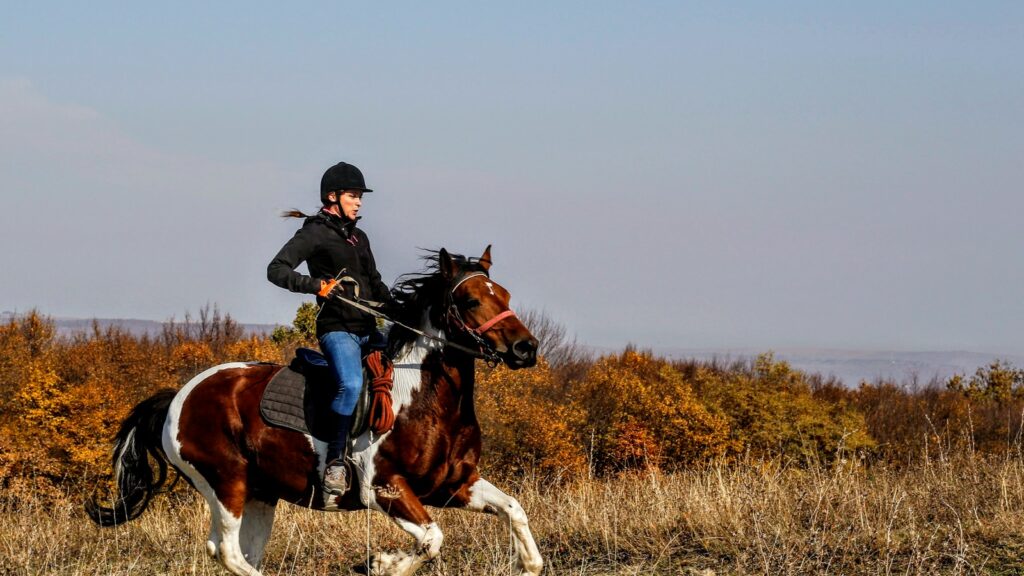
The reins serve as telephone lines between the rider’s hands and the horse’s mouth, transmitting messages with remarkable precision when used correctly. Experienced ranch horses respond to nuanced rein signals that distinguish between a request to slow down, stop completely, back up, or turn at varying degrees of sharpness. A skilled cowboy rarely pulls backward with force, instead using gentle increases in tension that the sensitive horse feels immediately. Many ranch horses are trained to work on a loose rein, responding to the slightest lift of the rein against their neck to initiate a turn—a technique called neck reining that allows the rider to keep one hand free for roping or other tasks. The horse’s responsiveness to these subtle communications allows for precise maneuvering when working cattle, navigating obstacles, or performing other ranch tasks with minimal obvious direction.
Leg Cues: The Hidden Dialogue
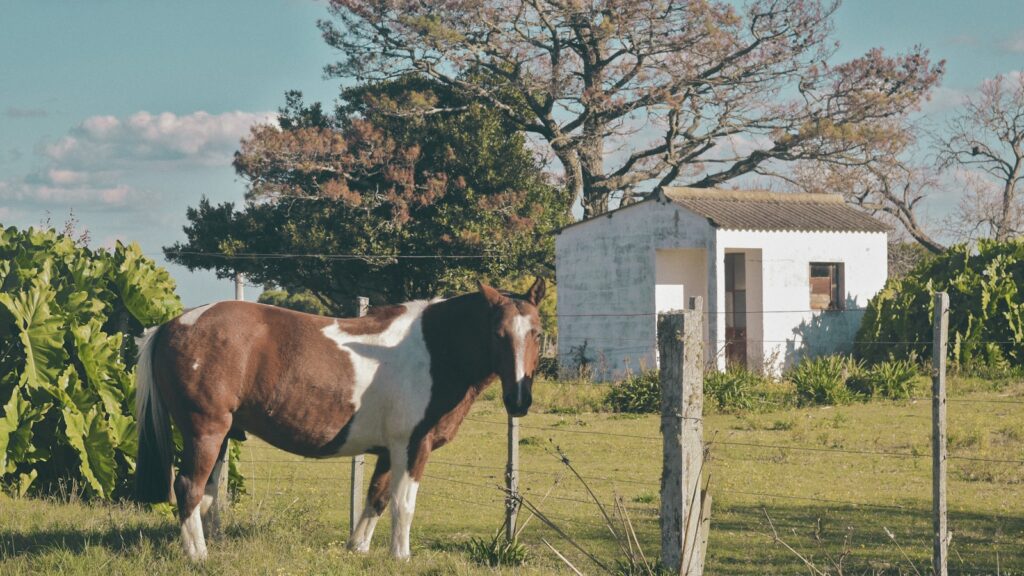
While observers might focus on a rider’s hands, much of the most important communication happens through leg contact, creating a sophisticated dialogue largely invisible to onlookers. Ranch horses learn to distinguish between different pressures—a light touch might ask for forward movement, while firmer pressure might request a side pass or turn. The location of the leg cue is equally important; pressure behind the girth typically requests forward movement or increased speed, while pressure at the girth might ask for lateral movement. Experienced ranch horses often respond to leg cues so subtle that they’re almost imperceptible, such as the slight increase in muscle tension in a rider’s thigh before a formal cue is even given. This responsiveness to leg aids allows cowboys to direct their mounts while keeping both hands free when necessary, such as when roping or opening gates.
Weight Shifts: The Invisible Commands
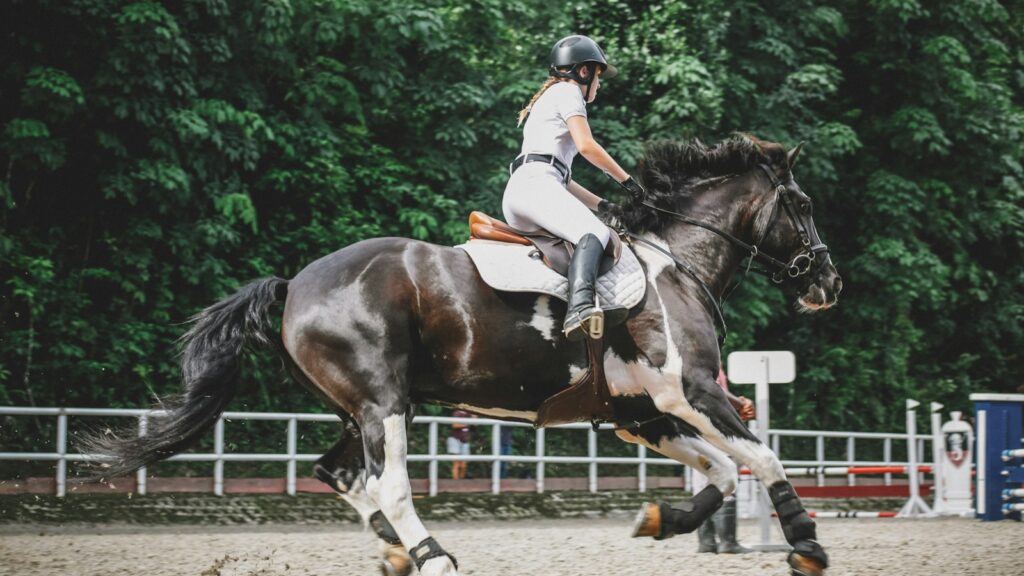
Perhaps the most subtle form of communication between cowboy and ranch horse occurs through the rider’s weight distribution, which skilled horses can interpret with remarkable precision. When a cowboy shifts weight slightly forward, the horse may understand this as preparation for increased speed, while leaning back slightly signals deceleration. Similarly, a slight weight shift to one seat bone can signal an upcoming turn or request lateral movement. These weight cues often precede more obvious signals, allowing the well-trained ranch horse to anticipate commands before they’re formally given. Some experienced ranch horses become so attuned to their riders that they respond primarily to these weight shifts, making it appear to observers that the horse is reading the cowboy’s mind. This level of sensitivity demonstrates not only the horse’s remarkable body awareness but also the deep connection that forms through years of consistent work together.
Vocal Cues: More Than Just “Whoa”
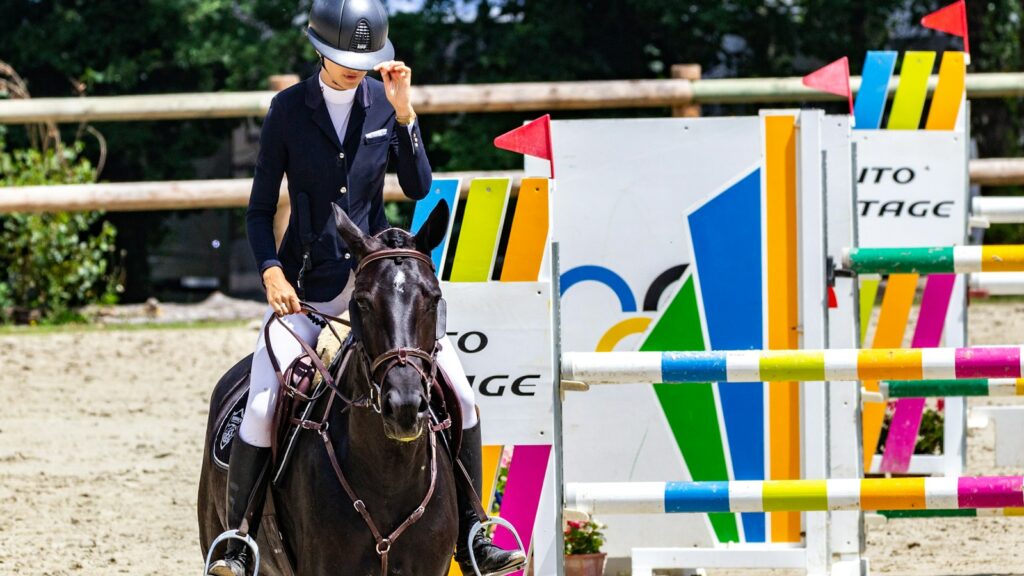
While much horse-rider communication is physical, vocal cues play an important supplementary role in the ranch horse’s training and daily work. Beyond the universal “whoa” for stopping, many cowboys develop consistent verbal signals for various actions—particular sounds for encouraging speed, reassuring during tense situations, or to prepare for specific maneuvers. These vocal cues are particularly valuable when physical signals might be compromised, such as when riding through dense brush or when the cowboy needs to communicate before physical contact is possible. A well-trained ranch horse learns to distinguish not just the words but the tone and intensity behind them, responding differently to an urgent command versus a casual request. Some horses become so attuned to their riders that they respond to whispers or even changes in breathing patterns, demonstrating their remarkable sensitivity to human communication.
Reading the Environment Together
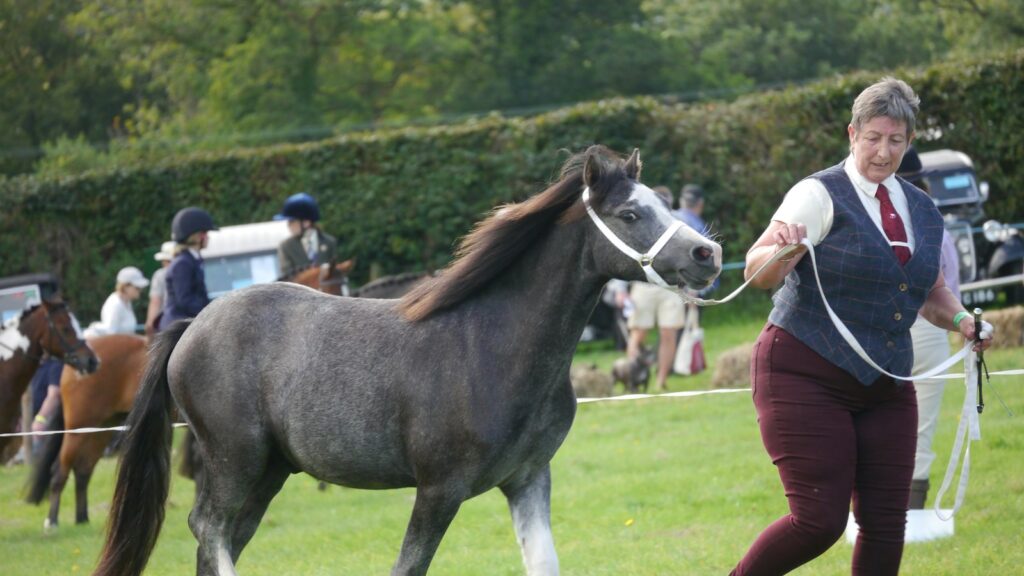
Experienced ranch teams develop a shared awareness of their environment, with both horse and rider simultaneously assessing terrain and situations. Cowboys learn to recognize when their horse has spotted something of concern—perhaps cattle hidden in brush or hazardous ground conditions—through subtle changes in ear position, muscle tension, or hesitation in movement. Similarly, ranch horses learn to trust their riders’ assessment of situations that might initially seem threatening. This mutual environmental reading creates a two-way information exchange where both parties contribute to decision-making. In dangerous situations, this shared awareness can prove lifesaving, as when a horse senses unstable ground before it’s visible to the rider. The best ranch partnerships develop such synchronicity that observers note horse and rider appear to think as one entity when navigating complex environments.
Anticipatory Responses: The Dance of Prediction
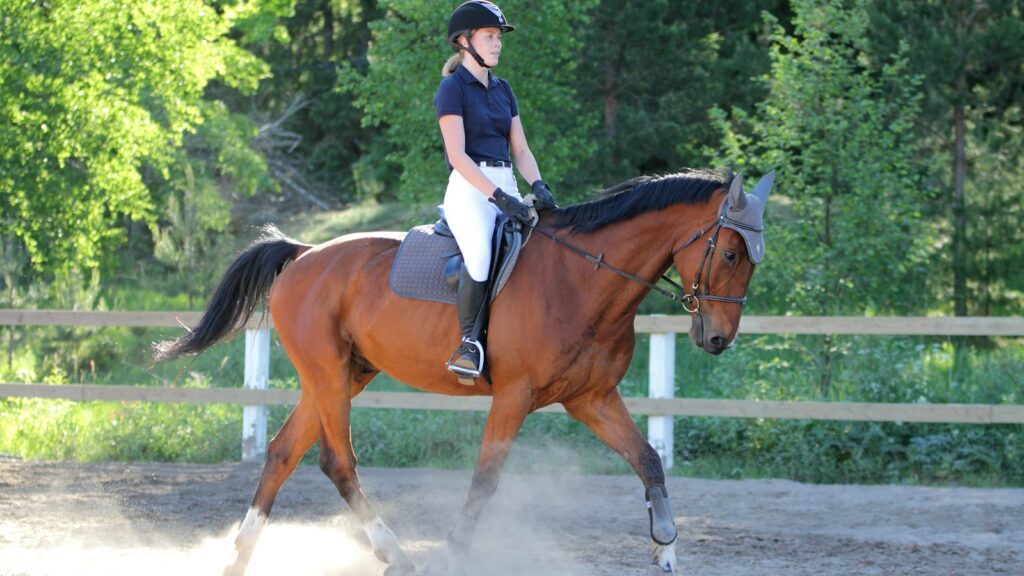
The highest level of horse-rider communication appears in anticipatory responses, where horses predict commands before they’re fully given based on context and subtle preparatory signals. An experienced ranch horse might begin turning toward cattle that have broken from the herd before receiving an explicit command, recognizing the situation requires this response. These anticipatory movements aren’t random but reflect the horse’s understanding of patterns in ranch work and its rider’s intentions. Cowboys value this capability tremendously, as it allows for split-second timing when working livestock or navigating challenging conditions. However, this anticipation must be balanced with responsiveness to unexpected commands, as situations can change rapidly in ranch work. The development of appropriate anticipatory responses represents one of the most sophisticated aspects of horse-rider communication, demonstrating the horse’s cognitive ability to recognize patterns and predict outcomes.
Body Tension and Relaxation Signals
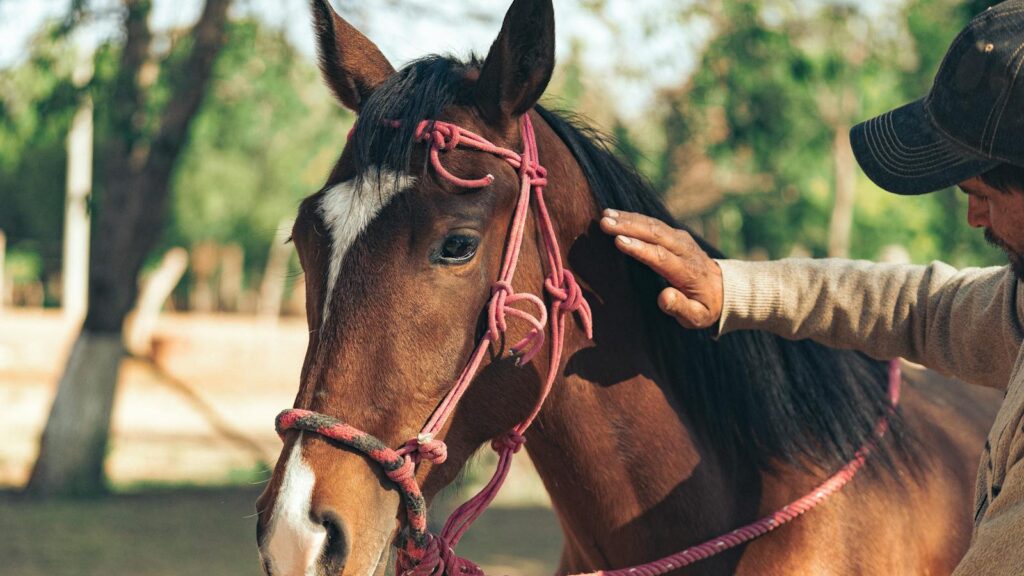
The overall tension or relaxation in a horse’s body communicates volumes about its mental state and readiness for work. Experienced cowboys read these physical signs constantly, noting changes in muscle tension, breathing patterns, and overall posture that indicate everything from focus to fear. A horse that suddenly tenses its back muscles might be spotting a threat, while relaxed, rhythmic breathing typically indicates comfort with current tasks. These body signals flow in both directions—horses are equally attuned to tension or relaxation in their riders, often mirroring their handler’s emotional state. This awareness creates a continuous feedback loop where each party’s physical state influences the other. Skilled cowboys learn to control their own body tension deliberately, using relaxation to calm nervous horses or increased alertness to raise their mount’s attention to important situations.
Ear Movements: The Emotional Telegraph
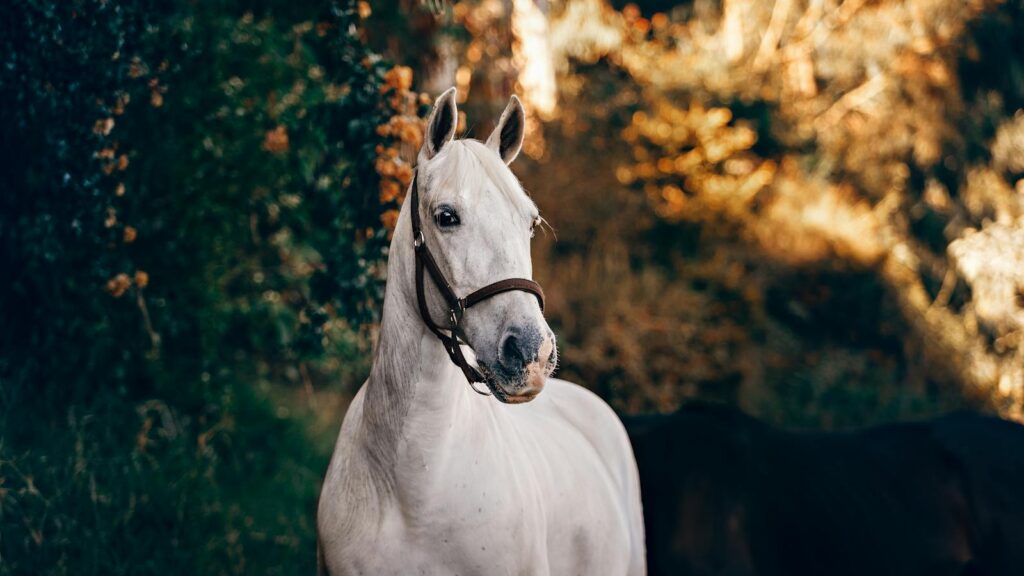
A ranch horse’s ears serve as an emotional telegraph system, constantly broadcasting information about its focus, concerns, and mental state. Forward-facing ears typically indicate attention to what lies ahead, while ears pinned back signal discomfort, disagreement, or potential aggression. Ears that flick back and forth often indicate a horse is processing multiple inputs, such as listening to both its rider and surrounding environmental cues. Experienced cowboys constantly monitor these ear positions, using them to understand their horse’s perspective on situations. This awareness allows riders to address concerns before they escalate or to capitalize on the horse’s attention when it notices something of importance. While ear positions might seem like minor details, they provide crucial real-time feedback about how the horse is receiving and processing commands within the current context.
Feedback Through Feel: The Sensory Conversation
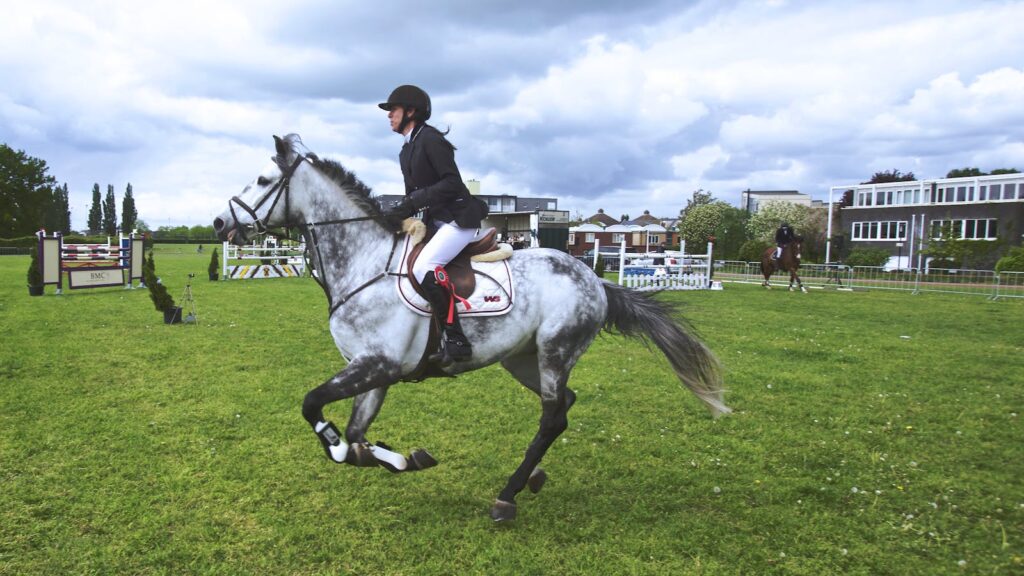
Beyond visible signals, cowboys and horses engage in a sophisticated tactile dialogue often described simply as “feel”—a mutual awareness of subtle changes in pressure, tension, and movement. This sensory conversation requires tremendous body awareness from both parties, as messages are transmitted through minute changes in muscle tension or weight distribution. A skilled ranch horse might communicate its understanding of a command through a subtle change in how it carries itself, while the cowboy receives this confirmation through the seat, legs, and hands. This feedback loop allows for continuous adjustments and clarifications without obvious visible signals. The development of good “feel” is often considered the hallmark of accomplished horsemanship, representing the ability to engage in nuanced dialogue rather than issuing commands. Many experienced cowboys describe this sensory conversation as more important than any specific technique, forming the basis for all effective communication with horses.
Training the Communication System
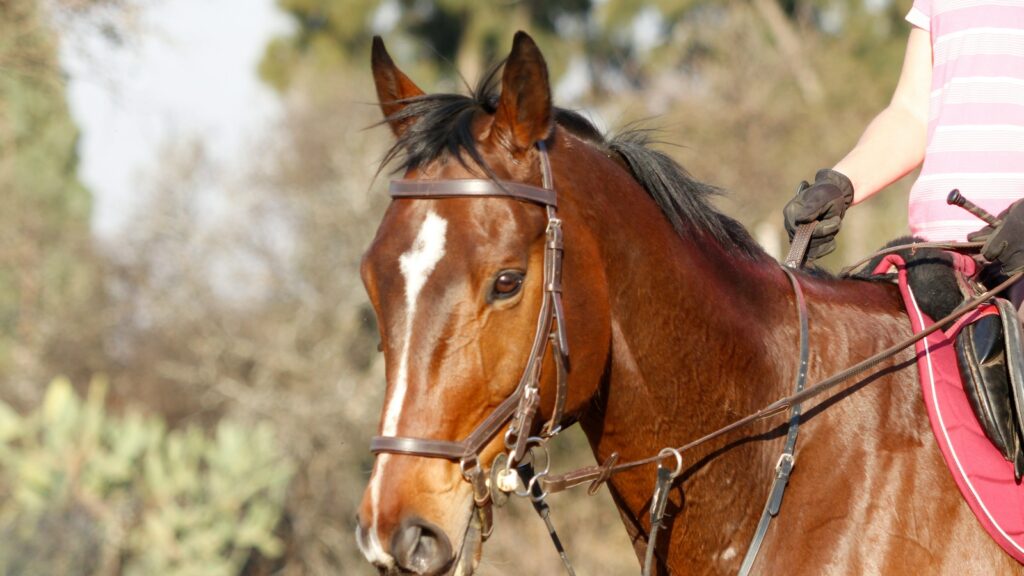
The sophisticated communication between cowboys and ranch horses doesn’t develop naturally, but requires deliberate, progressive training that builds neural pathways for response and understanding. This education begins with establishing clear, consistent connections between specific signals and desired responses, initially using more obvious cues that gradually become more refined. Effective training focuses not just on compliance but on developing the horse’s understanding of the work itself, allowing it to contribute its intelligence to solving problems. Patience plays a crucial role, as rushing this process creates confusion rather than clarity in the communication system. Experienced ranch hands understand that training never truly ends; instead, the communication system continuously evolves and refines throughout the working partnership. The best training approaches recognize and work with the horse’s natural learning processes, creating reliable responses without dampening the animal’s natural intelligence and initiative.
When Communication Breaks Down
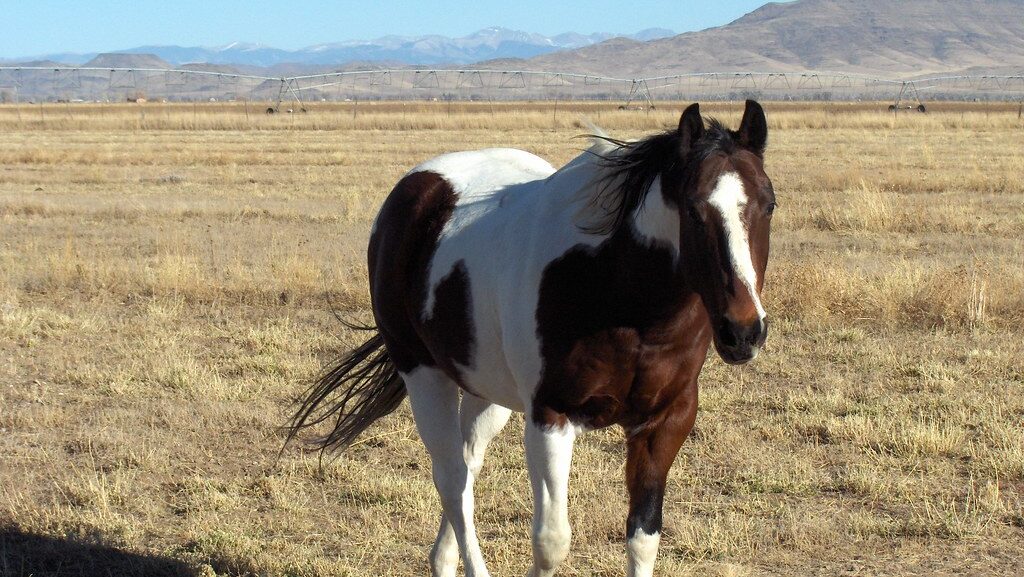
Even in well-established partnerships, breakdowns in communication can occur, requiring troubleshooting and rebuilding of understanding. These miscommunications might manifest as resistance, confusion, or inappropriate responses from the horse. Skilled cowboys recognize that such breakdowns usually indicate problems in how signals are being delivered rather than willful disobedience. Addressing these issues typically involves returning to clearer, more established cues temporarily, then gradually refining communication again once understanding is restored. Physical issues like pain or discomfort can significantly impact a horse’s ability to receive and process cues properly, making veterinary assessment important when communication suddenly deteriorates. The way cowboys handle these breakdowns reveals much about their horsemanship philosophy—the best practitioners view them as learning opportunities rather than conflicts to be won through dominance. Restoring effective communication requires patience and the humility to recognize that miscommunication is rarely one-sided.
The Evolution of a Partnership
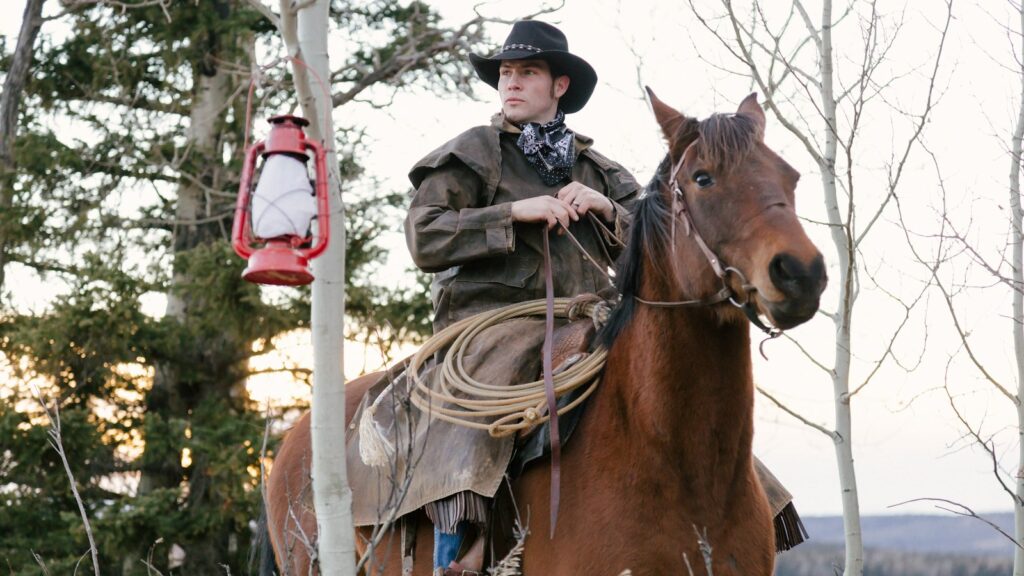
The communication between cowboys and ranch horses evolves significantly over time, developing into increasingly subtle and efficient exchanges as the partnership matures. New partnerships typically require clearer, more defined signals that gradually become refined to near-invisible cues as mutual understanding deepens. This evolution creates working relationships where horse and rider anticipate each other’s thoughts and respond to the slightest indications of intent. Long-term partnerships often develop personalized communication systems with unique signals understood only within that specific relationship. Many experienced ranch hands note that their best horses became more like colleagues than tools, offering their own intelligence and perspective to the work. The evolution from basic cue-response patterns to sophisticated dialogue represents one of the most rewarding aspects of ranch horsemanship, creating partnerships that transcend simple utility to become true collaborations.
The Art of Cowboy-Horse Communication
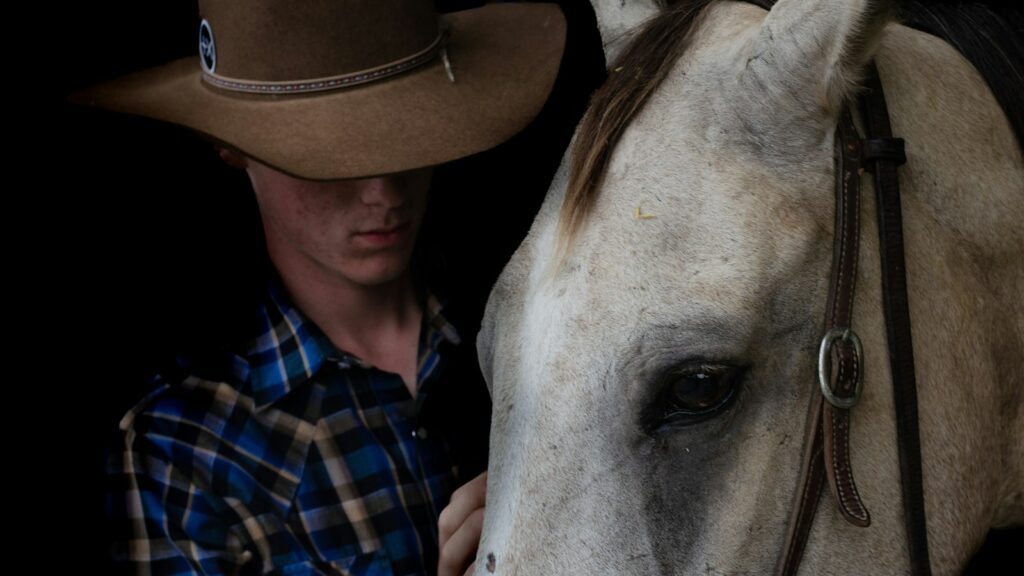
The silent language between cowboys and ranch horses represents one of the most sophisticated forms of interspecies communication humans have developed. This intricate system of physical cues, responses, and mutual awareness enables remarkable cooperation in challenging environments. The best partnerships demonstrate that effective communication flows both ways—not simply from human to horse but through a continuous dialogue where both parties contribute valuable information. As modern ranching evolves, this traditional knowledge remains vital, representing centuries of practical wisdom about working with animals as thinking partners rather than mere tools. Understanding this communication system offers insights not just for those working directly with horses but for anyone interested in how humans and animals can develop meaningful methods of understanding one another across the species divide.

